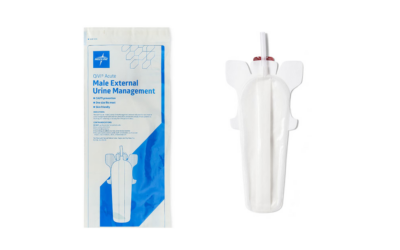
According to the Centers for Disease Control and Prevention (CDC), obesity has nearly tripled worldwide since 1975[1] and is a “common, serious, and costly” issue.[2] Increased obesity rates combined with an increase in the number and complexity of surgeries/procedures performed in ambulatory settings make procedural considerations for obese patients an important topic for ambulatory surgery centers (ASCs). To help ASCs implement necessary precautions and prevent negative outcomes for obese patients, the Accreditation Association for Ambulatory Health Care (AAAHC) has published a fully revised Ambulatory Procedure Considerations for Obese Patients Toolkit.
“As obesity rates continue to rise, providers should be evaluating obese patients on an individual basis to determine whether they can safely undergo surgery in an ambulatory setting,” said Noel Adachi, MBA, president and CEO of AAAHC. “Authored by experts in ambulatory care, our revised toolkit includes an updated evidence-based decision-guide for providers on when to move forward with ambulatory surgery and when to consider a hospital setting as more appropriate.”
The comprehensive flowchart serves as a preoperative evaluation resource for providers and is based on a patient’s body mass index (BMI), the level of sedation used in the procedure, and the status of any preexisting diseases or disorders that could potentially complicate surgery. The toolkit also details up-to-date preoperative considerations for procedures involving obese patients who have recovered from COVID-19.
“The design of the toolkit allows ASC staff to quickly review key guidance about preventing complications in obese patients throughout all stages of the ambulatory surgery process,” added Renee Greenfeld, MBA, senior vice president of marketing and business development for AAAHC. “It can also serve as a resource when developing internal guidelines, helping ASCs implement the 1095 Strong, quality every day philosophy, which centers on providing the highest quality of care throughout the 1,095 days of the accreditation term.”
To order the Ambulatory Procedure Considerations for Obese Patients Toolkit, please visit: www.aaahc.org/quality/patient-safety-toolkits/.
For more information on AAAHC, visit www.aaahc.org.
[1] World Health Organization. Obesity and Overweight. 16 February 2018. https://www.who.int/news-room/fact-sheets/detail/obesity-and-overweight. Accessed February 2020.
[2] Centers for Disease Control and Prevention. Adult Obesity Facts. August 13, 2018. https://www.cdc.gov/obesity/data/adult.html. Accessed February 2020.








